Maybe we’ve been watching too much Game of Thrones lately, but...have you ever noticed that a well-organized B2B company is a bit like an army?
Think about it. If the battle is to increase sales and revenue year over year, the sales team is obviously the infantry on the front lines, tackling challenges head-on and overcoming obstacles. The executives are the generals, strategizing and making tactical decisions that will hopefully steer the troop toward victory.
As for marketers like you...well, if there’s a military equivalent for a Jack or Jill of all trades, you’d be it.
You’re the one waving the war flag over everyone’s heads (i.e. branding). You’re the one banging the drums to rally everyone around your cause (i.e. messaging). Perhaps most importantly, you’re the blacksmith crafting the weapons that the sales team will go into battle with.
If you’ve lost the metaphor by now, that last bit is about sales enablement content.
Sales enablement content is collateral specifically written and designed to help sales teams close deals. It encompasses all of the information a lead might need to make a decision about your product or service.
When done well, it does all of this in a brand-consistent manner so everyone is on the same page and saying the same things—a unified front, if you will.
This type of content can include (although it is not limited to):
- Sales decks
- Market research & analysis
- Case studies
- Persona documents
- Sales scripts
In the B2B world, the decision-making process is often long and informed by a lot of research. In fact, by the time they first meet with a sales rep, most B2B decision-makers are already 57% into the buying process, meaning they’ve already been doing their homework.
In this regard, your sales team needs all the ammunition it can get.
Here’s how you can help.
* * *
What Content Helps Sales Teams Close Deals?
When the goal is to boost B2B sales, you must consider that you’re often dealing with people in your industry, in a related industry, or who are at least familiar with the products or services you’re offering.
For that reason, you don’t need to take a ground-up approach to this decision-stage content as you would with awareness-stage content. Your prospects understand their problem by now. They have an idea of how to solve it. Now they need to decide who’s going to help them with it.
In other words, skip the fundamentals and go right into the good stuff..
1. Sales Decks
For many sales teams, one of the most valuable forms of content is the sales deck. While some believe sales decks to be a dying breed, they’re actually as relevant as ever for B2B sales.
Simply put, a sales deck is a presentation that your sales team uses to present information about your company and its offerings to prospective customers. It typically comes in the form of a PowerPoint or Keynote presentation, and is usually presented in person.
The idea is to arm your team with all the essential knowledge and talking points they will need when pitching to increase the likelihood that they’ll close the deal.
Consistent messaging is crucial here. This is especially true in the case of handing off leads that you generated through your marketing efforts. If you have different sales people giving different presentations with messaging that differs from the content that drew the prospect into the sales funnel in the first place, your unified front goes right out the window.
In a sense, this type of sales collateral doesn’t differ too much from the B2B marketing content you should already be creating. It’s all about educating the prospect.
Instead of aggressive selling, a sales deck is more about answering the questions prospects will have during a sales meeting: the specific benefits of your product or service, why someone might choose it over the competition, and why this particular product or service is the solution for their problems.
When a sales deck addresses these topics, your sales team is better equipped to crush their presentation.
2. Market Research & Analysis
When you’re dealing with business clients, you want to make sure your sales team is speaking their language. A big part of that is understanding where your product or service stands in the grand scheme of their industry, and being able to communicate that effectively.
Most consumers do their own research before making a purchase. In fact, according to Think With Google, 84% of consumers in the US are shopping for something online in any given 48-hour period. They want to know what their options are, and how each option compares to the next.
Giving your sales team market research that they can then parlay into pitches helps create a more informed prospect. These insights can put into perspective how your product or service helps them succeed in their industry—something that matters a lot to business prospects.
Another benefit of market analysis is that it gives your sales team the ability to back up your marketing content and reinforce trust in your brand.
Obviously, most businesses try to depict their products and services as positively as possible in their campaigns, but consumers have grown increasingly skeptical of marketing for that very reason. When your sales team can back up these claims with real data and comparative analysis, they're more likely to close the deal.
3. Case Studies
Similar to market research, case studies are a form of B2B sales enablement content where the focus is on painting an objective, data-driven picture.
But case studies differ in that they don’t focus on competitors or the industry at large. Instead, they focus on an actual customer’s experience using your product or service, presenting tangible, real-world results straight from the horse’s mouth, so to speak.
Case studies are an effective form of content for B2B sales enablement because they allow your prospects to put themselves in the shoes of an actual user.
Face it: Prospects don’t want to hear subjective claims of how great your product or service is. They want to see real results. They want to know exactly how they’ll benefit, the specific metrics used to gauge those benefits, and any other objective data points informing those claims.
So when you provide your sales team with case studies to use as a selling tool, they can provide prospects with evidence of the benefits that you're offering. In turn, your team is much more likely to close the sale.
4. Persona Documents
There’s arguably no better way to close a deal than to foster a relationship with a prospect. That being said, it’s not exactly realistic for your sales team to become personal besties with every single lead they encounter.
That’s where persona documents come in handy.
As HubSpot puts it, a buyer persona is “a semi-fictional representation of your [typical] customer based on market research and real data about your existing customers.” Documenting these personas for your sales team can give them a better sense of the people they’re speaking to without having to resort to one-on-one Facebook stalking.
One of the key benefits of a persona document is that it gives insight into a typical customer’s point of view. Your sales team can better anticipate questions or pain points and provide the information necessary to overcome them.
Similarly, persona documents let your sales team leverage customer data to focus on the areas that are most likely to lead to a sale, whether it’s communicating specific data points from case studies or comparing a product or service to a competitor’s offerings.
5. Sales Scripts
Depending on the structure of your organization, having your sales team use scripts can be viewed as either an asset or a huge imposition. If you approach them in the right way, however, they can serve as excellent sales enablement content.
A great sales script is versatile and flexible. Instead of having your team read lines word-for-word, a better approach might be to provide situational or context-based talking points. This allows your sales team to speak more naturally and ensures that your scripts don’t actually sound scripted, which tends to be off-putting.
Additionally, your scripts should consolidate the messaging from your other types of marketing and sales enablement content, including your advertisements, website copy, case studies, and sales decks.
In practice, your scripts can and should be the connective tissue between all of your B2B sales enablement content.
* * *
Putting It All Together
While there’s often a weird notion that marketing and sales are always at odds, the fact of the matter is that both are part of a single customer journey. Sales enablement is a matter of figuring out which types of content will best help your sales team do their job and close the leads that you generated with your marketing efforts.
Fortunately, each type of content we’ve covered here are extremely valuable for B2B sales enablement. Now it’s up to you to take this information and create impactful content plan that will help close the loop and bolster your company’s sales.
.png?width=250&height=153&name=CSI-OverskiesRebrand_LOGO-01(smaller).png)

.png?width=100&height=61&name=CSI-OverskiesRebrand_LOGO-01(smaller).png)


.png?width=88&name=CSI-OverskiesRebrand_LOGO-01(smaller).png)



